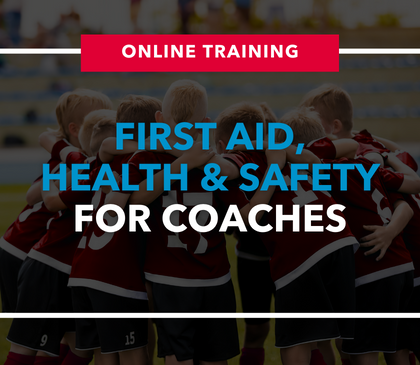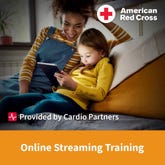Babysitting Basics
- Mar 23, 2022

Babysitting Basics
Many individuals become a babysitter to help families out while giving themselves a chance to make some money. Babysitting is a rewarding job but you also must be prepared in the case of an emergency. Anything can happen and knowing how to help can ensure you keep the children you are watching safe and providing the appropriate care.
Common Babysitting Emergencies
Emergencies that may occur while babysitting include falls, burns, choking, and drowning, just to name a few. To prevent falls, depending on the age, you may need to assist the child with stairs, make sure the areas they are running around in are clear of toys, and make sure shoelaces are tied securely. To prevent burns in children always make sure hot liquids are kept away, keep children away from outlets, and if you are giving a bath, check the temperature of the water before they get in. To prevent choking always supervise babies drinking from a bottle, supervise children while eating and cut food into small pieces. Lastly, drowning can occur when children are left unsupervised in pools or open water. Always be watching when children are near water. Although you will always do your best to prevent an emergency, should one occur you must be prepared to react.
Being Prepared During a Babysitting Emergency
An emergency can happen at any moment and knowing how to help can save a child from serious injury or death. For major emergencies such as a fire, drowning, choking or unconsciousness you will need to call 9-1-1 and then the parents. For minor emergencies such as a fall, you will want to contact the parents. It is important to remember to always stay calm in an emergency and keep the victim calm as well.
Cardio Partners offers the Babysitting Basics online course to help prepare babysitters to be safe. The course was designed by the American Red Cross and helps both the babysitter and family build confidence in each other and their responsibilities. The course consists of videos, activities, games and tools to help you learn how to provide care, staying safe and responding during an emergency, and choosing age-appropriate activities.






 CALL US:
CALL US: